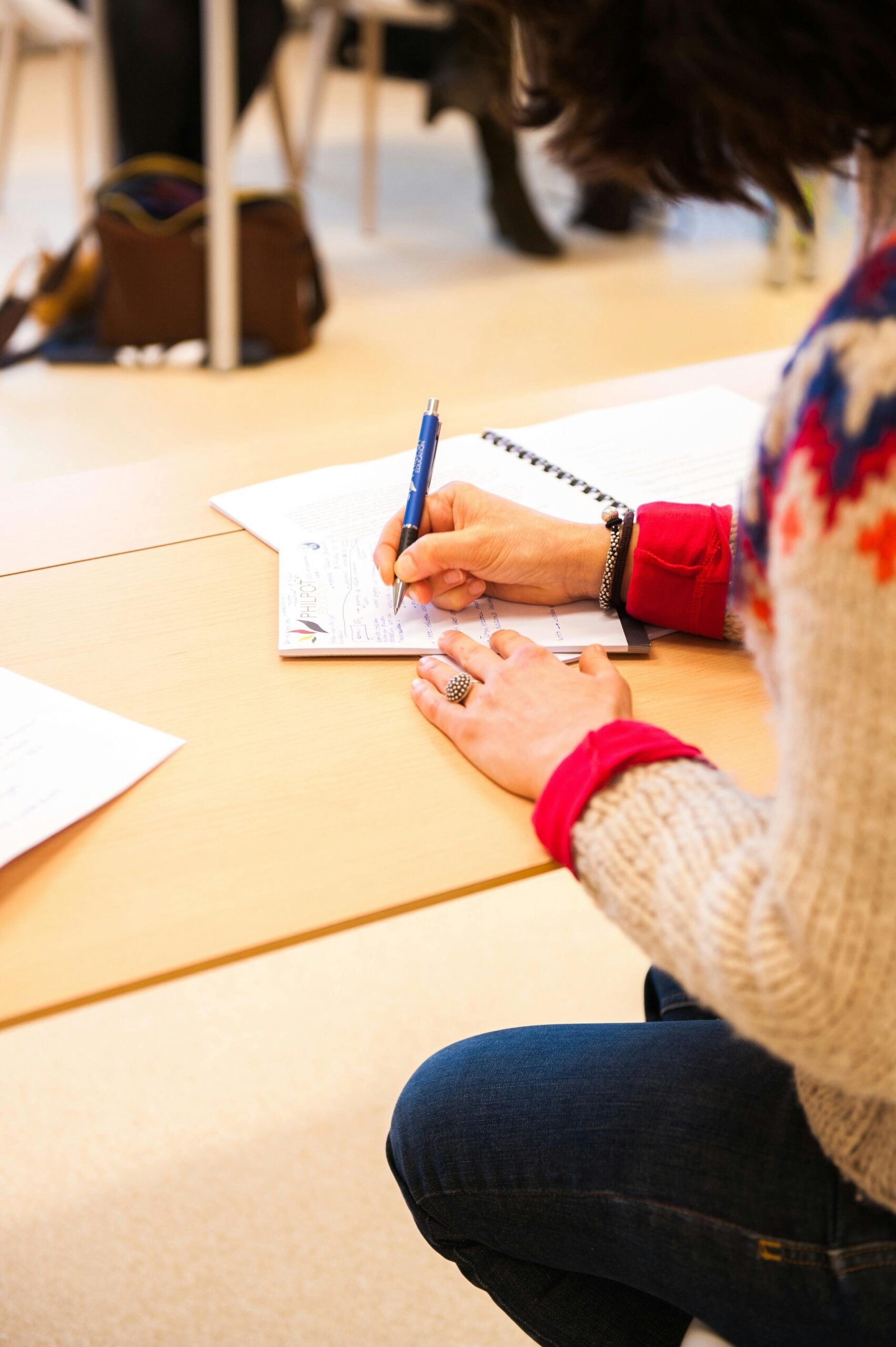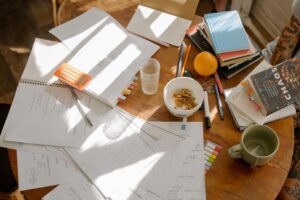This interview refers to the Fairtrade project which can be found in our Good Practices section.
GOOD PRACTICE OVERVIEW, CHALLENGES AND OPPORTUNITIES
What did you like the most about this practice?
- Practice aim was to find Fairtrade products in the local supermarket and do the list of them, using the description on the package. Also make a picture of one Fairtrade product, which I would like to try and post it to the Padlet, analyzing the composition of the products. Common fair trade products are tea, coffee, chocolate and bananas, which are great to start with. I have chosen an ice-cream Ben&Jerrys to analyse. I was informed of the Fairtrade aims:
- Workers receive a Fair Trade minimum wage
- Environmental sustainability is upheld
- Safe working conditions are provided
- There is no forced or child labor
- Premiums are given to producers based on the product they create
- These premiums go to a communal fund to be used for development projects
- The supply chain is transparent to consumers
What did you like the least about this practice?
I needed an extra free time for research work in the supermarket.
How can this practice be improved in the future?
When I spot the green and blue Fairtrade Mark at your local grocery store or your favorite online store, you can shop with confidence, knowing that you’re making a positive impact on the world and using your purchasing power to support farmers and workers who deserve to enjoy sustainable livelihoods.
Do you think your understanding of Food Literacy and sustainable food systems has been improved after implementing this practice?
Sure, the best way to find fair trade products is to become a label reading professional. Thankfully for the practice we know how to find them. Companies putting fairly traded products on our shelves will want you to know about it. Fair trade marks should be prominently displayed on packaging if a product is fairly traded.







